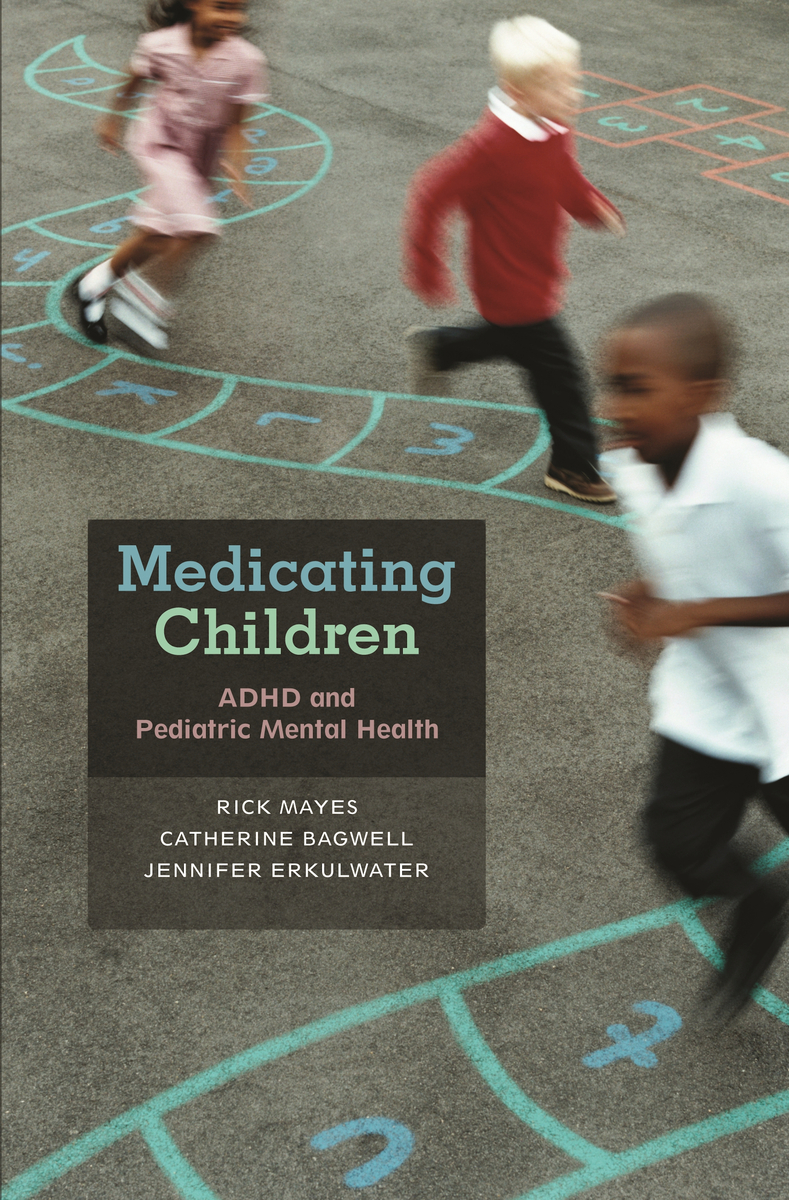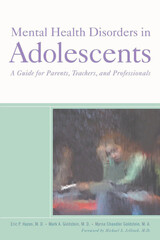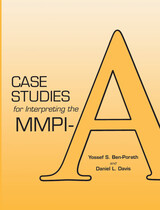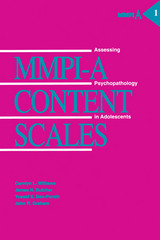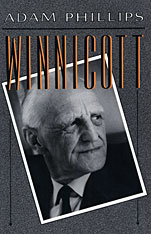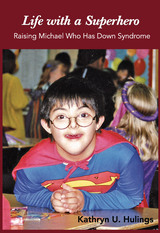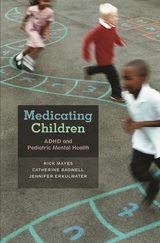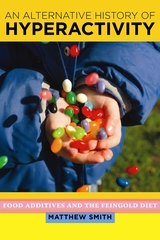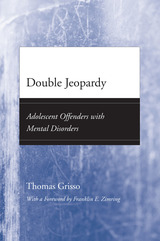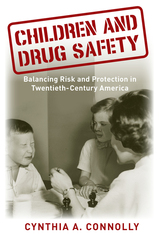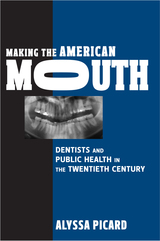In this thoughtful and critical book, Mayes and colleagues provide answers where there is evidence for them and makes it clear why some questions cannot be answered with what we know today. Parents, teachers, and doctors will be the wiser for reading it.
-- Leon Eisenberg, M.D., Harvard Medical School
Rick Mayes and colleagues have made a brilliant, scholarly, and unique contribution to the literature on ADHD. In a critical but balanced approach, the authors fill the gaps in understanding left by narrow and one-sided debates. A must-read for anyone interested in ADHD.
-- C. Keith Conners, Ph.D., Duke University Medical Center
Without pulling any punches, the authors take on the many diverging opinions about attention deficits and hyperactivity in today's world, skillfully blending perspectives from science, clinical practice, and policy, helping readers sort out fact from fiction in the overly heated media coverage. Analyzing a real condition, but one steeped in the loaded crossfire between big pharma, media frenzy, biology vs. culture, and the very nature of childhood itself, Medicating Children is a beacon of reason.
-- Stephen P. Hinshaw, Ph.D., University of California, Berkeley
At last, a balanced and comprehensive account of the history, science, treatment and controversy of ADHD. Medicating Children is scholarly but very readable. This unique book will be my first reading recommendation to anyone interested in ADHD.
-- Judith L. Rapoport, M.D., Chief, Child Psychiatry Branch, NIMH
There are likely more journal articles and books on the topic of ADHD than there are children with the disorder, but this work indeed is a rare find. Thoughtful, comprehensive, and carefully referenced, this seminal work manages to weave an important tapestry of mental health services practice in this nation, public policy, and the unique challenges in providing mental health care to children and adolescents.
-- Ronald T. Brown, Dean, Temple University Health Sciences Center
Start with one of the most intriguing socio-medical puzzles of our time: Why the explosion in prescription stimulants for children at a time when we're supposedly fighting a war on substance abuse? Add a hefty dose of intellectual curiosity and mix with three well-tempered analytical minds. Pour into elegant narrative prose. Voilà! A broad-ranging, comprehensive, and wise interpretation of mental health, politics, policy, and scientific culture. And like all good works of art, this one reveals the world in a grain of sand.
-- Deborah Stone, author of The Samaritan's Dilemma: Should Government Help Your Neighbor?
Medicating Children is superb, a tour de force. If you want the most balanced, informed, and sane view on the use of medication in children who have ADHD, read this book.
-- Edward Hallowell, M.D., author of Delivered from Distraction and Driven to Distraction
Mayes, Bagwell and Erkulwater have both written a brilliant book and performed a great public service. Medicating Children should be required reading for anyone wishing to understand the complex and complicating legal, medical, historical, economic, and political frameworks of attention deficit disorder in the United States. This measured, thoughtful, and elegantly written volume is a scholarly tour de force.
-- Howard Markel, M.D., Ph.D., Director of the Center for the History of Medicine and Professor of Pediatrics and Communicable Diseases, University of Michigan
With clarity and compassionate insight, this remarkable book explains why ADHD becomes the most commonly diagnosed psychological disorder in children, and how millions of children came to be treated with stimulants. But Medicating Children does something more: It brilliantly describes a paradigm shift in thinking about mental disorders—from a psychodynamic to a biological view—and details the converging factors—including shifts in disability law, welfare policy, and research funding—that opened the door to the greatly expanded use of psychotropic drugs to treat not only ADHD, but childhood depression and other mental disorders in the young as well.
-- Steven Mintz, Columbia University, author of Huck's Raft: A History of American Childhood
This book reminds us that a vast array of social and political factors will affect decisions regarding the medicating of children. Medications might be approved by the FDA, but many years of public debate will probably be required before the use of these medications is considered acceptable.
-- Joseph J. Jankowski New England Journal of Medicine
